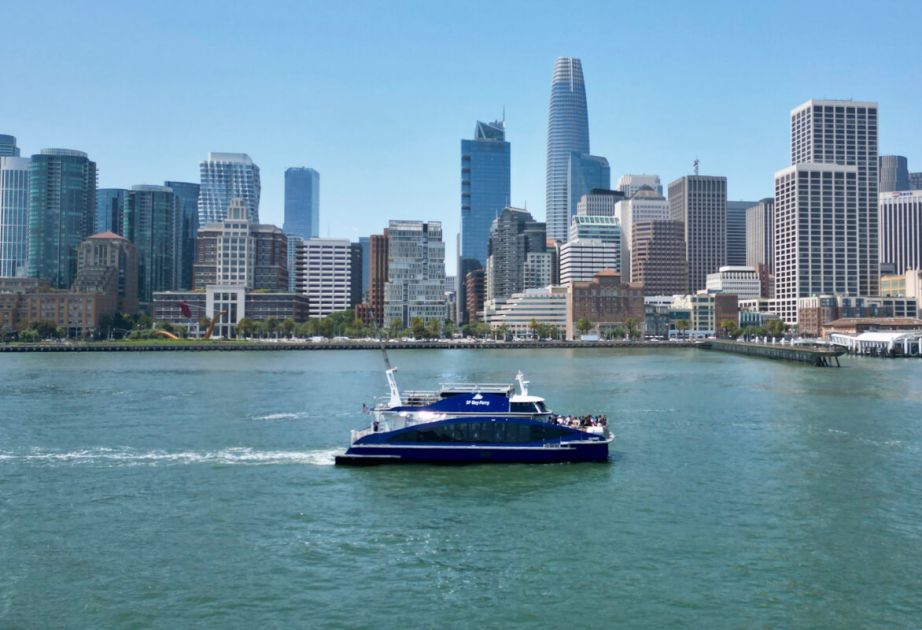Innovative Hydrogen-Powered Passenger Ship Launches in San Francisco
Key Ideas
- The MV Sea Change, powered by hydrogen fuel cells, will operate in the San Francisco Bay, aiming to reduce carbon emissions in the shipping industry.
- The vessel can carry up to 75 passengers, travel 300 nautical miles, and operate for 16 hours without refueling, showcasing the potential of hydrogen technology.
- The initiative aligns with global efforts to reduce greenhouse gas emissions, with plans to transform container ships with hydrogen fuel cells in the future.
- Despite concerns about hydrogen production's current environmental impact, efforts are being made to transition to more sustainable methods like using wind and solar energy.
The world's first commercial passenger ship powered by hydrogen is set to embark on cruises in the San Francisco Bay, starting on July 19. The MV Sea Change, a 21-meter vessel, will transport passengers between Pier 41 and the ferry terminal in San Francisco, offering free travel for the initial six months. Powered by fuel cells that generate electricity through an electrochemical reaction between oxygen and hydrogen, the ship aims to reduce carbon emissions in the shipping industry. The International Maritime Organization has plans to cut greenhouse gas emissions from commercial shipping by half by the mid-century. The project envisions a future where hydrogen fuel cells can propel container ships, further contributing to environmental sustainability. Despite concerns raised by environmental groups about current hydrogen production methods using natural gas, proponents believe that transitioning to renewable energy sources like wind and solar power could make hydrogen production more eco-friendly in the long run. The U.S. government's allocation of $8 billion for the development of pure hydrogen highlights a growing interest in clean energy solutions within the maritime sector.
